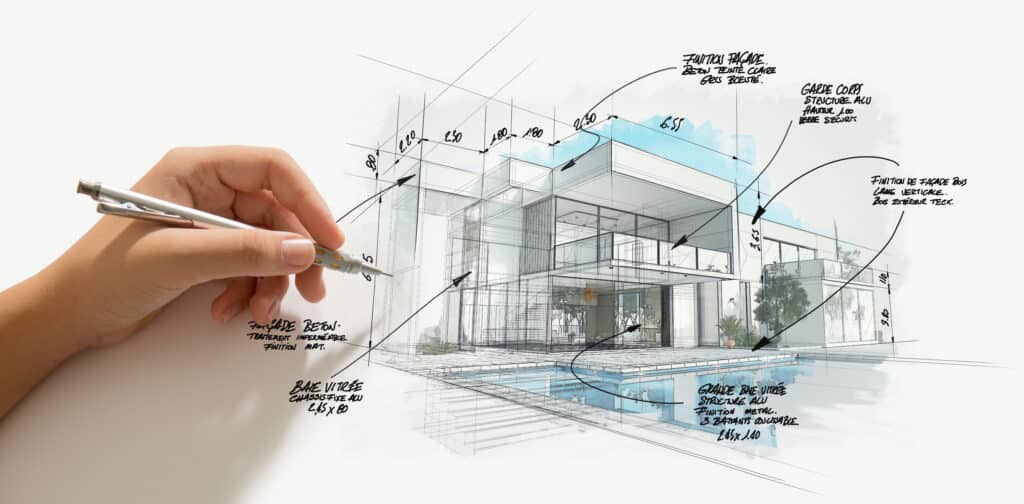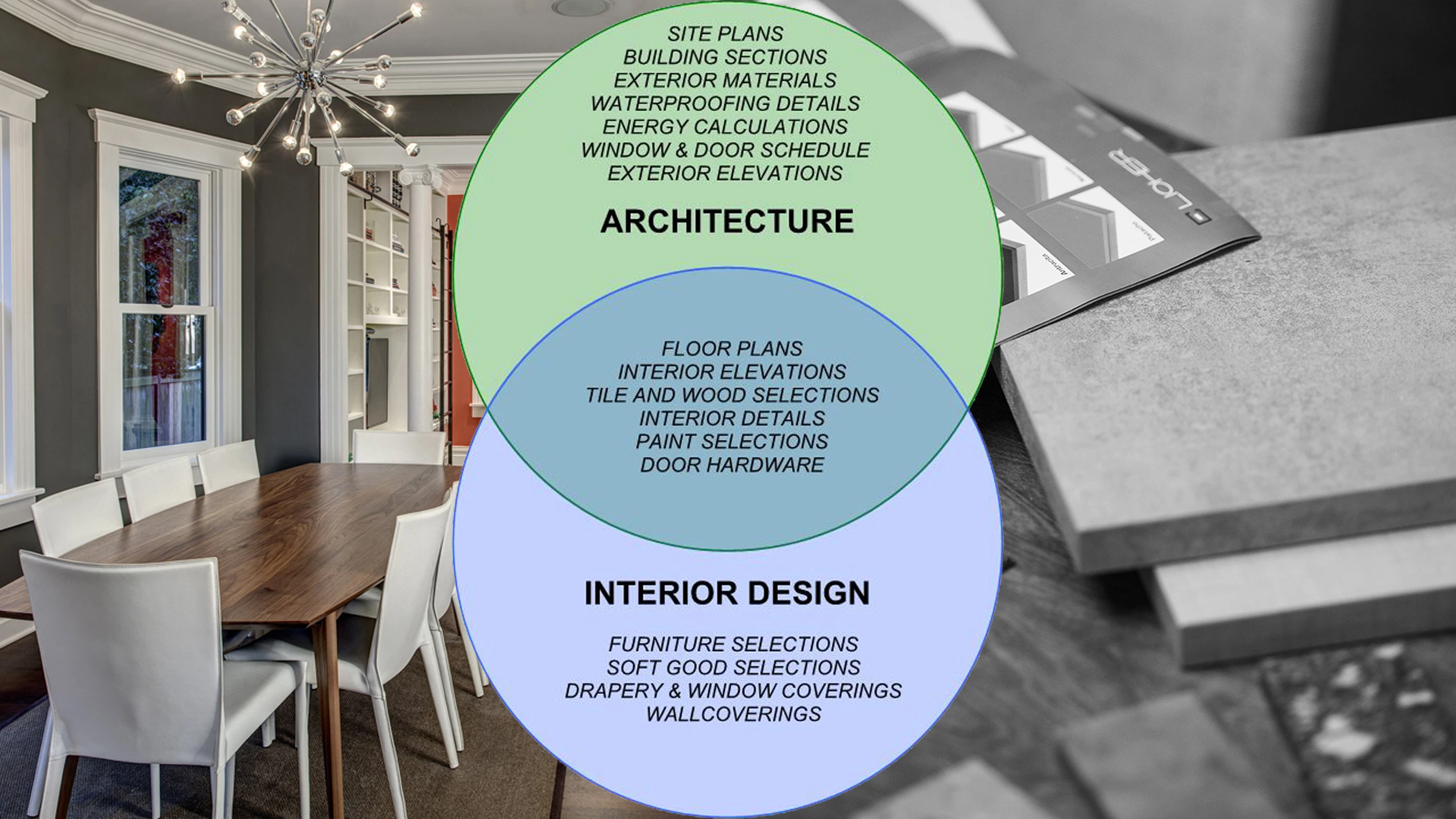Explore the Expertise of Hampshire Design Experts for Unique Residential Projects
Explore the Expertise of Hampshire Design Experts for Unique Residential Projects
Blog Article
The Art of Balance: How Interior Design and Home Engineer Collaborate for Stunning Results
In the realm of home style, striking an equilibrium between aesthetic appeals and functionality is no tiny feat. This fragile stability is accomplished with the harmonious partnership between interior developers and designers, each bringing their unique know-how to the table. Keep with us as we discover the ins and outs of this joint process and its transformative effect on home style.
Understanding the Core Differences Between Inside Layout and Home Style
While both interior layout and home architecture play important functions in developing visually pleasing and functional spaces, they are naturally various self-controls. It deals with the 'bones' of the framework, working with spatial measurements, load-bearing walls, and roof covering designs. On the other hand, interior style is more concerned with improving the aesthetic and sensory experience within that structure.
The Synergy In Between Home Design and Inside Layout
The harmony in between home architecture and Interior Design exists in a shared vision of design and the improvement of practical visual appeals. When these 2 areas line up harmoniously, they can transform a home from ordinary to phenomenal. This collaboration requires a deeper understanding of each discipline's concepts and the ability to produce a cohesive, visually pleasing atmosphere.
Unifying Design Vision
Unifying the vision for home design and interior layout can develop an unified living room that is both functional and visually pleasing. It promotes a synergistic strategy where architectural elements complement indoor layout components and vice versa. Thus, unifying the design vision is crucial in blending architecture and indoor style for magnificent results.
Enhancing Useful Visual Appeals
Just how does the harmony in between home architecture and Interior Design improve practical visual appeals? This synergy makes it possible for the creation of spaces that are not just visually enticing however additionally conveniently useful. Designers prepared with their architectural design, guaranteeing that the room is useful and efficient. The indoor developer then enhances this with carefully picked aspects that enhance the aesthetics without endangering the capability. This harmonious cooperation can lead to homes that are both livable and lovely. For example, an architect could develop a home with big home windows and high ceilings. The indoor developer can after that emphasize these features with high plants and sheer curtains, respectively, therefore enhancing the aesthetic charm while preserving the sensible benefits of all-natural light and spaciousness.
Relevance of Collaboration in Creating Balanced Spaces
The collaboration in between indoor designers and engineers is essential in creating well balanced rooms. It brings consistency between design and architecture, bring to life rooms that are not just aesthetically pleasing but also useful. Checking out effective collaborative techniques can supply understandings into exactly how this harmony can be properly accomplished.
Integrating Style and Style
Equilibrium, a vital facet of both Interior Design and architecture, can only absolutely be achieved when these 2 fields operate in consistency. This harmony is not simply a visual consideration; it influences the capability, durability, and inevitably, the livability of a space. Inside designers and designers should recognize each various other's roles, respect their expertise, and connect successfully. They must consider the interaction of architectural aspects with decor, the circulation of rooms, and the influence of light and shade. This joint procedure causes a natural, balanced design where every element has a purpose and adds to the general aesthetic. Harmonizing design and design is not just concerning creating Look At This beautiful areas, yet concerning crafting rooms that work perfectly for their residents.
Successful Collaborative Strategies

Case Studies: Successful Assimilation of Style and Architecture
Examining a number of study, it becomes obvious how the successful integration of Interior Design and design can transform a space. The Glass Residence in Connecticut, renowned for its minimalistic beauty, is one such example. Designer Philip Johnson and interior developer Mies van der Rohe worked together to create a harmonious equilibrium in between the interior and the framework, resulting in a smooth flow from the exterior landscape to the inner living quarters. An additional prototype is the Fallingwater Home in Pennsylvania. Designer Frank Lloyd Wright and interior designer Edgar Kaufmann Jr.'s collaborative efforts result in an amazingly one-of-a-kind house that blends with its useful source natural environments. These study underline the extensive effect of an effective design and style collaboration.

Conquering Difficulties in Style and Architecture Partnership
Regardless of the obvious advantages of a successful collaboration between interior design and design, it is not without its difficulties. Architects might prioritize architectural integrity and safety, while developers focus on convenience and style. Effective interaction, shared understanding, and compromise are essential to get over these challenges and attain a successful and unified partnership.

Future Patterns: The Developing Connection In Between Home Architects and Inside Designers
As the globe of home layout remains to advance, so does the relationship in between engineers and interior designers. The fad leans towards a much more joint and incorporated strategy, breaking without standard duties. Engineers are no much longer only concentrated on structural honesty, but also take part in boosting visual appeal - Winchester architect. Conversely, indoor designers are welcoming technical aspects, influencing total design and functionality. This evolving symbiosis is driven by advancements in technology and the growing need for rooms that are not just aesthetically pleasing yet also functional and sustainable. The future assures a more cohesive, cutting-edge, and flexible technique to home layout, as architects and designers remain to obscure the lines, cultivating a connection that really symbolizes the art of equilibrium.
Verdict
The art of equilibrium in home style is accomplished via the unified cooperation between interior developers and architects. An understanding of each various other's self-controls, efficient interaction, and shared vision are important in producing aesthetically sensational, practical, and welcoming spaces. Regardless of difficulties, this collaboration cultivates development and innovation in style. As the relationship between home designers and interior developers evolves, it will remain to shape future trends, improving convenience, effectiveness, and individual expression in our space.
While both interior layout and home design play essential duties in creating cosmetically pleasing and functional spaces, over here they are naturally different disciplines.The synergy in between home architecture and interior layout exists in a shared vision of layout and the improvement of useful aesthetics.Unifying the vision for home design and interior design can develop an unified living space that is both useful and aesthetically pleasing. Thus, unifying the style vision is important in mixing style and indoor design for sensational results.
How does the harmony in between home design and interior style boost functional aesthetic appeals? (Winchester architect)
Report this page